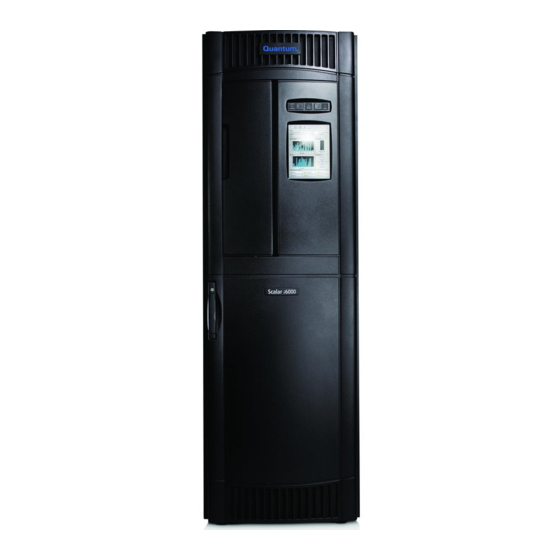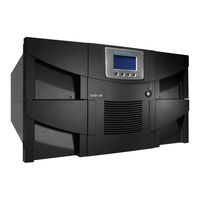
Quantum Scalar i6000 Manuals
Manuals and User Guides for Quantum Scalar i6000. We have 8 Quantum Scalar i6000 manuals available for free PDF download: User Manual, Installation Manual, Planning Manual, Manual, Quick Start Manual, Replacement
Advertisement
Advertisement
Quantum Scalar i6000 Quick Start Manual (24 pages)
SafeNet KeySecure







